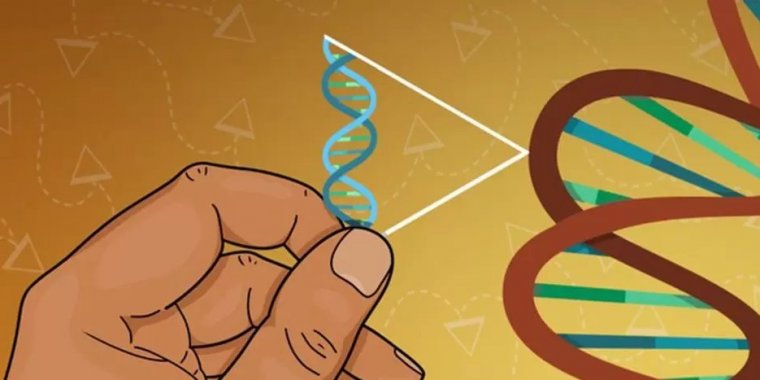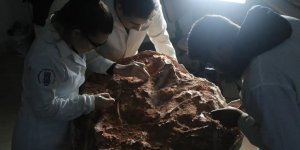| News / Science News |
Jumping on the jumping gene bandwagon to speed up plant breeding
Getting a new variety of corn, tomato, soybean or other crop to market can be a long and costly effort, with breeders working to ensure the eventual product has the right mix of genetics that will let it withstand change, produce large amounts of fruit or seed and taste good.

The TATSI (Transposase-Assisted Target Site Integration), developed by researchers at Donald Danforth Plant Science Center along with those from the University of South Carolina Aiken, uses naturally occurring transposable elements or “jumping genes” within the plant’s genome to shorten the process of developing new crop varietals and lessen the cost thereof. Photo: R. Keith Slotkin and Kerri Gilbert, Donald Danforth Plant Science Center
A new technology seeks to shorten that process and make it cheaper by taking advantage of naturally occurring transposable elements, or "jumping genes," within the plant's genome.
Jumping genes are DNA sequences that naturally move from one location in a genome to another. These elements are the result of billions of years of evolution, allowing the plant to naturally rearrange DNA sequences such as genes.
The new tool, transposase-assisted target-site integration (TATSI), was developed by researchers at the Donald Danforth Plant Science Center and the University of South Carolina Aiken and uses these elements to create, as the Danforth Center put it, a "cut-and-paste" system for plant genomics.
The new method uses the CRISPR/Cas gene editing system to cut the genome at a specific location and the natural molecular "glue" feature of transposable elements to insert the desired genetic material.
The new system allows for much greater integration of intact custom DNA into the plant genome and could allow researchers and breeders to help enhance resistance to pathogens, elevate the nutrient level of the fruit or create better oil composition.
"This fortuitous connection between two researchers at different institutions has resulted in a potentially transformative innovation in plant genomics," said Steve DiFazio, a program director in NSF's Directorate for Biological Sciences (BIO).
"As noted by the Danforth Center, this work has already received interest from the agricultural industry."
"This addresses a big pain point in plant genomics," added Pankaj Jaiswal, also a program director in BIO.
"Being able to make genomic changes faster and cheaper will help us develop crops that are better equipped to deal with climate change and plant diseases." (U.S. National Science Foundation)
YOU MAY ALSO LIKE





